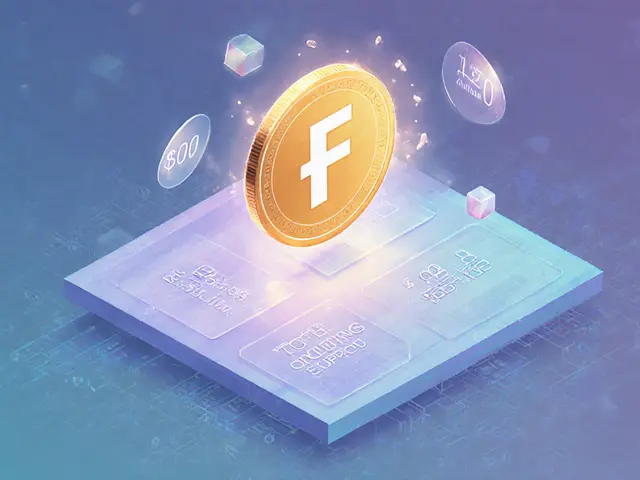Off-Chain Transactions: What They Are and Why They Matter in Crypto
When you send Bitcoin or Ethereum, most people assume the transaction happens directly on the blockchain. But off-chain transactions, transfers that occur outside the main blockchain network, often settled later with a final on-chain record. Also known as layer 2 solutions, they’re the quiet engine behind most fast, low-cost crypto payments you use every day. Think of them like cash: you hand someone a bill, no bank record needed. Later, you might settle your total balance at the end of the week. That’s off-chain in action.
Why does this matter? Because blockchains like Bitcoin and Ethereum were never built to handle millions of tiny payments. Each on-chain transaction costs money, takes minutes to confirm, and bogs down the network. Layer 2 solutions, technologies built on top of blockchains to process transactions faster and cheaper like the Lightning Network for Bitcoin or Polygon for Ethereum solve this by batching hundreds of transfers off-chain, then snapping one summary transaction onto the main chain. This cuts fees by 90% and speeds things up from minutes to milliseconds.
It’s not magic—it’s math. Projects that rely on frequent microtransactions, like gaming tokens, tipping apps, or decentralized exchanges, can’t survive on-chain. That’s why you see crypto fees, the cost paid to miners or validators to process a blockchain transaction dropping sharply on platforms using off-chain tech. Even big names like PayPal and Stripe use off-chain settlement behind the scenes when you buy crypto. The real winners? Users who get speed without the price tag.
But it’s not all perfect. Off-chain systems need trust—either in a central operator or a smart contract that can’t be hacked. If the layer 2 provider goes down, your funds might be frozen until recovery. That’s why many users still prefer on-chain for large sums. But for daily use? Off-chain is the only way crypto scales beyond niche experiments.
What you’ll find in the posts below are real-world examples of how off-chain thinking shapes everything from mining power use in Iceland to tokenized real estate trades. Some posts dive into exchanges that rely on off-chain matching engines. Others show how airdrops and staking rewards are distributed without clogging the main chain. You’ll see how regulation, security, and user experience all tie back to one simple question: where do you process the transaction?

Learn how state channels work, their benefits, drawbacks, real-world use cases, and how to get started with this blockchain scaling technology.
Jonathan Jennings Oct 26, 2025




